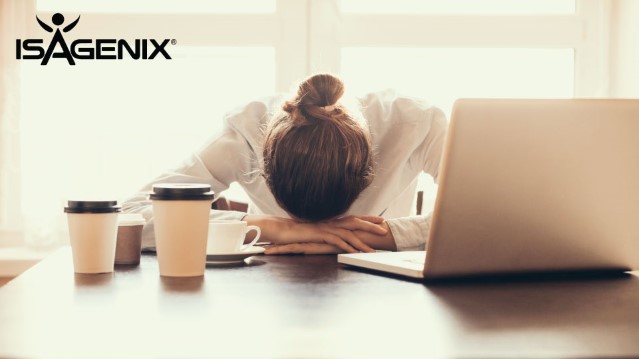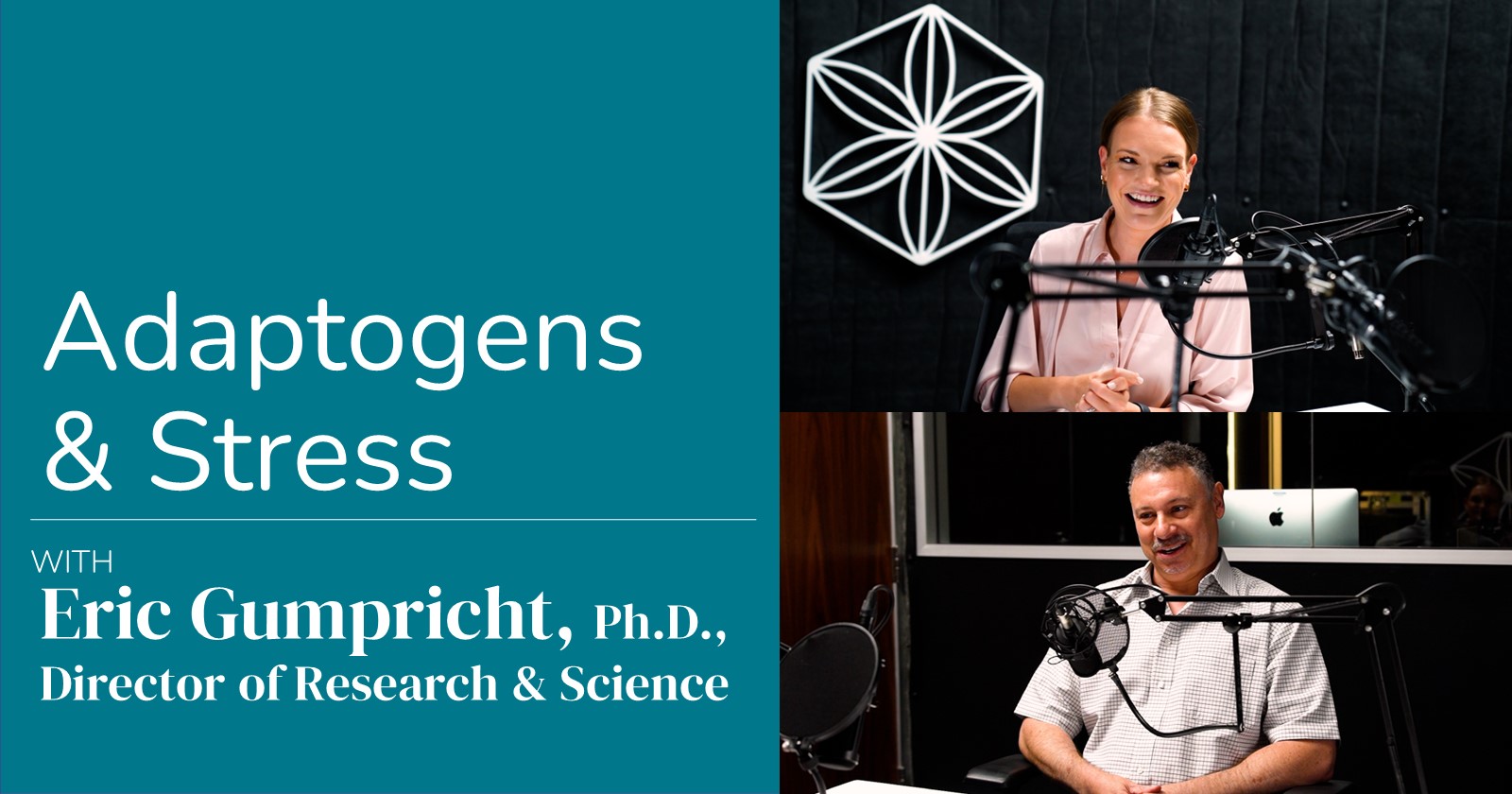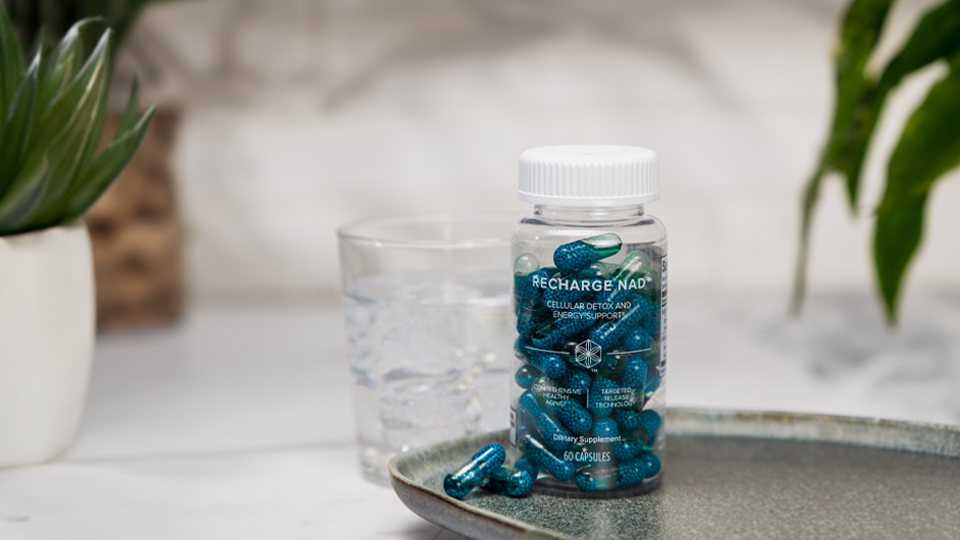Seven out of 10 adults say that their stress is enough to interfere with daily life, making stress relief an essential part of self-care. Frequent lifestyle stress can take a toll on both the mind and body. Regular aerobic exercise, such as running, is one way to help relieve everyday stressors for better overall health and well-being.
Most people experience stress countless times throughout their lives. While personal, financial, or work-related stress is a normal part of life, chronic or extreme stress can be a detriment to both the mind and body. Too much stress can take a toll on health over time, leading to headaches, sleep disturbances, muscle tension, lack of concentration, and fatigue (1,2).
Get Moving to Manage Stress
Exercise is one tried and true way to help relieve stress, but the many symptoms associated with stress can affect how well you stick to an exercise routine. Research has consistently shown that people report feeling calmer after 20 to 30 minutes of aerobic activity, and the feelings can remain for several hours after exercise (1). People who are physically fit and regularly participate in physical activity show fewer symptoms of psychosocial stress and fewer of the negative effects of stressful life events (2-4).
Running, or any form of physical activity, releases endorphins, which are the feel-good chemicals in the brain. This reaction is known as “runner’s high,” and though it’s most commonly associated with going for a long run, you can also get the feeling from an intense hike or bicycle ride. Increasing endorphins in the brain through exercise is consistently associated with benefits that includes support for managing stress.
In one large study, researchers examined the relationship between physical fitness and mental well-being in more than 6,000 adults aged 20 to 88. They found that study participants who reported higher levels of physical activity had greater mental well-being and were better able to handle stressors compared to those who were inactive or reported low activity levels (5). Researchers concluded that physical activity is key to greater mental health and emotional well-being, which is also critical to maintaining physical fitness.
Recommendations for exercise for stress relief are the same as those for health—150 minutes of moderate intensity exercise or 75 minutes of vigorous intensity exercise each week (2). Moderate exercise includes brisk walking, mowing the lawn, or swimming. At a moderate intensity, you should be able to carry on a conversation but not sing. Vigorous intensity exercise includes running, bicycling, or jumping rope. At a vigorous intensity, it should be difficult to say more than a few words without pausing for breath.
Even brief bouts of activity spread throughout the day are effective. For example, try incorporating three 10-minute walks instead of one 30-minute walk into your routine.
For many of us, making time for physical activity is a challenge, particularly when we are feeling stressed. But when you consider the benefits of exercise, making time for physical activity may be just what you need.
References
- Jackson EM. Stress relief: the role of exercise in stress management. ACSM’s Health and Fitness Journal. 2013 May/Jun; 17(3): 14-19. doi: 10.1249/FIT.0b013e31808cb1c9.
- Pedersen BK and Saltin B. Exercise as medicine – evidence for prescribing exercise as therapy in 26 different chronic diseases. Scand J Med Sci Sports. 2015 Nov; 25(53): 1-72.
- Gerber M, Brand S, Herrmann C, et al. Increased objectively assessed vigorous-intensity exercise is associated with reduced stress, increased mental health and good objective and subjective sleep in young adults. Phys & Behav. 2014 Aug; 135: 17-24.
- Heaney J, Carroll D, and Whittaker A. Physical activity, life events stress, cortisol, and DHEA in older adults: preliminary findings that physical activity may buffer against the negative effects of stress. J Aging Phys Act. 2014 Oct; 22(4): 465-473.
- Galper DI, Trivedi MH, Barlow CE, et al. Inverse association between physical inactivity and mental health in men and women. Med Sci Sports Exerc. 2006 Jan; 38(1): 173-178.





